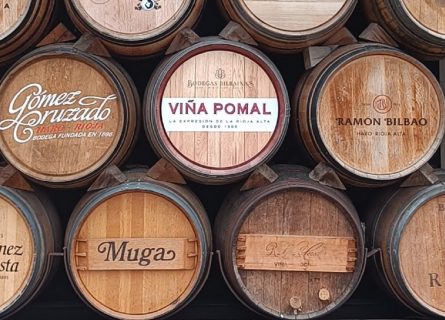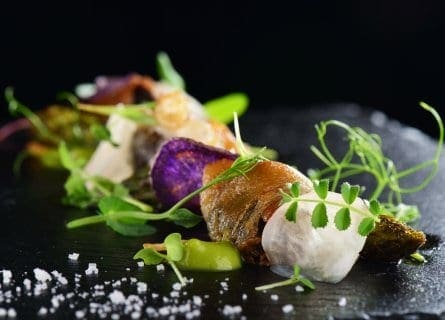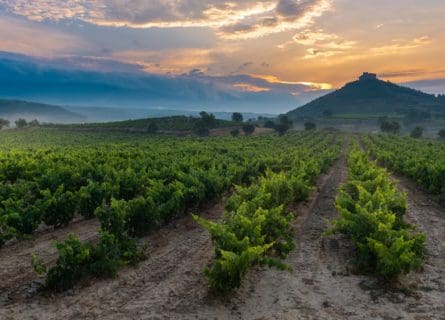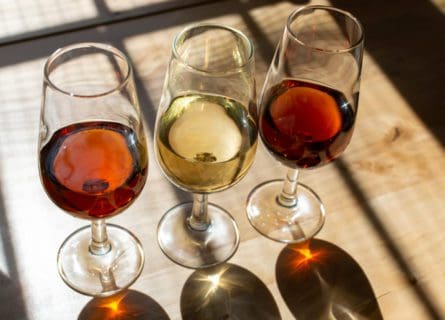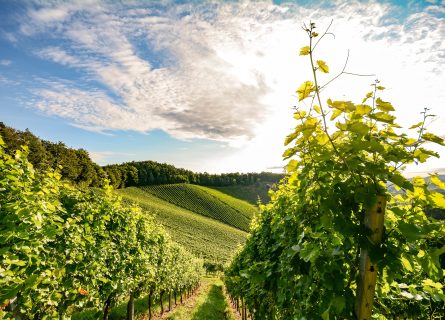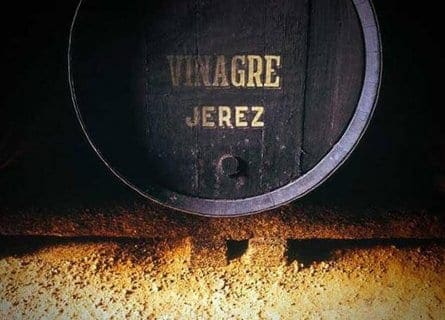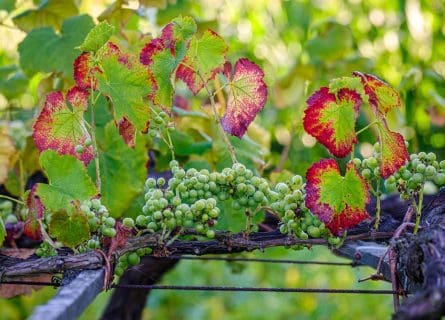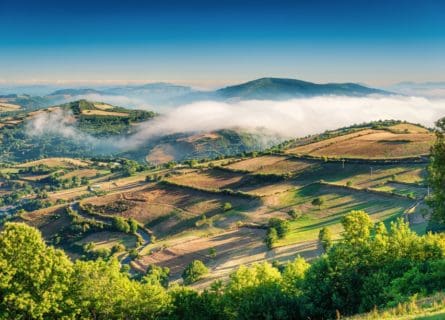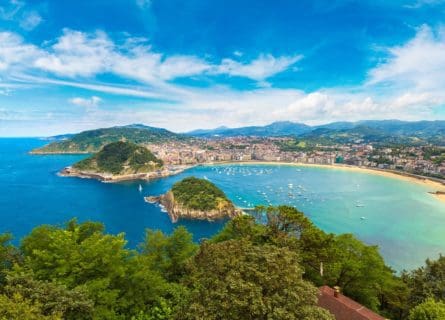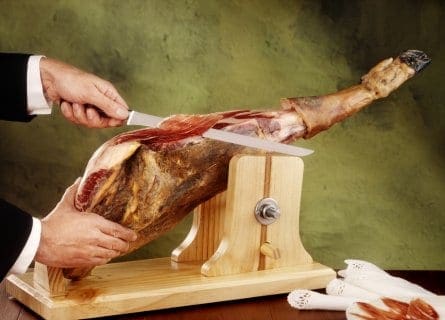Cáceres Travel Guide
Unveil the hidden delights of Caceres - a gastronomic and wine haven that will leave you mesmerized!
Of all the Spanish regions, the geographically isolated Extremadura – “the land beyond the river Douro” – remains the most remote from the modern world. And in evocative Cáceres, the city’s demure, leisurely pace of life, fascinating walled old town, the well-preserved Jewish quarter, and warm, hospitable inhabitants ensure visitors to this magical part of Spain never want to leave. Wandering among its silent, winding alleys and magnificent squares allows the visitor to step back in time, as modern development and the rapid pace of life have bypassed the old town of Cáceres!
-
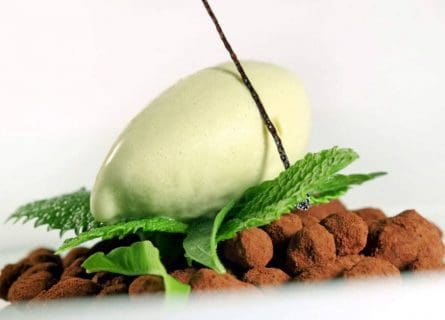
Atrio Restaurant, Culinary Artistry Meets Dessert Perfection (see below) Gastronomy & Wine
Extremadura’s proud citizens are also incredibly proud of their cuisine’s heritage, emphasizing homely, robust, and filling cooking. Soldiers from the New World brought back potatoes, corn, tomatoes, and Paprika, but generally, the region has not been characterized by fanciful cuisine. Over the centuries, the gastronomy of Extremadura was focused on the delicious Iberian pig, lamb, and plentiful game such as wild boar, pheasant, and partridge. Specialties are stews based on lamb, Pollo al padre Pero (half a young chicken simmered in a spicy pepper and tomato sauce), wild frog, Bacalao monacal, and the delicious Caldo de Vigilia, which is Lentil soup.
Extremadura’s gastronomic treasure is its world-class Paprika, specifically the Pimentón de la Vera, which comes from the province of Cáceres and is made in spicy and “sweet” styles. Another regional highlight is the Jerte Valley Cherry. Visit the Valle del Jerte when the cherries blossom in late March and early April, and be astounded by the beautiful landscapes.
Wine lovers visiting Cáceres should note that although Extremadura is not widely known abroad for its wine production, there are some elegant wines to seek out, like the Ribera del Guadiana appellation. You can easily sample wines from Spain’s other superlative regions, like Ribera del Duero and La Rioja in Cáceres’s quaint bars and restaurants. The best is undoubtedly the powerful and structured wines from Ribera Del Duero in the Castilla y Leon region. Spain’s most fashionable red wine region, with wine produced predominately from the Tempranillo variety, the most famous being the legendary estate of Vega Sicilia. The white wines of the Rueda area (made from the Verdejo grape) are also worthwhile and would complement Extremadura’s abundant fresh-water fish dishes perfectly.
Highlights
-
Restaurante Atrio
Restaurant Atrio is an award-winning, elegant establishment in a medieval building redesigned by architects Mansilla + Tuñón. Led by renowned Chef Toño Pérez, the restaurant specializes in refined contemporary cuisine, focusing on seasonal ingredients from his private garden. With 2 Michelin stars, it has become a renowned destination for gourmet travelers. The dining room offers a fitting space with natural light, overlooking the patio garden, and is adorned with crisp white linens and artworks by Antonio Saura. Additionally, there is a chef’s table in the kitchen. The round wine cellar in the basement, known for a notorious 2021 heist, adds to the allure of this extraordinary culinary experience.
-
Santa Maria Church
One of Spain’s most beautiful churches faces the imposing Palacio Episcopal in Cáceres, attracting thousands of visitors from across Spain and Europe each year. It was built in a Gothic-Renaissance style and is noted for its beautiful 15th-century crucifix.
-
Arco de la Estrella
This low-arched gateway into the Medieval quarter of Cáceres was built by Manuel Churriguera in 1726. It offers a fascinating insight into the city’s varied past, leading through the city walls from the Plaza Mayor into the old town and is flanked by a 15th-century watchtower.
-
Museo Provincial
This fantastic museum in the Casa de las Veletas showcases various contemporary art and archaeology from the region.
-
Casa y Torre de la Cigüeña
One of the few remaining icons of Cáceres’ golden age in the 14th and 15th centuries, this slender battlement tower belonging to the House of the Stork was allowed to remain intact after Isabel’s decree to destroy most of the battlements in Cáceres due to the owner’s loyalty to Isabel during the Spanish war of succession. The Spanish army now owns it.
-
Atrio
This Two Michelin-starred gastronomic mecca won the best restaurant in the world for wine lovers in Wine Spectator magazine, and it offers a thoroughly elegant, chic experience. Signature dishes include venison fillets served with muscat grapes and pears – estupendo!
-
El Figon de Eustaquio
Located on Plaza de San Juan, it offers a taste of genuine Extremaduran cooking, such as trout a la Extremeña (stuffed with ham) and the typical soup of tomato with a poached egg.
-
Tapas
Any visitor to Cáceres should head straight to the magnificent old quarter and enjoy exquisite, succulent Jamón Serrano in the district’s many fantastic tapas bars. You will not taste better ham in Europe, with its deep red color and intensely sweet, nutty flavor. Considering the city’s small size, the variety of places to eat and drink in Cáceres is impressive, from cafes and tapas bars to gourmet restaurants.
Recommended for you
More information
If you would like us to customize an exclusive luxury tour, contact us and let us know your travel plans. We offer luxury food and wine tours for private groups of a mininium two guests. In addition, all of our private, chauffeured tours are available year-round upon request.


